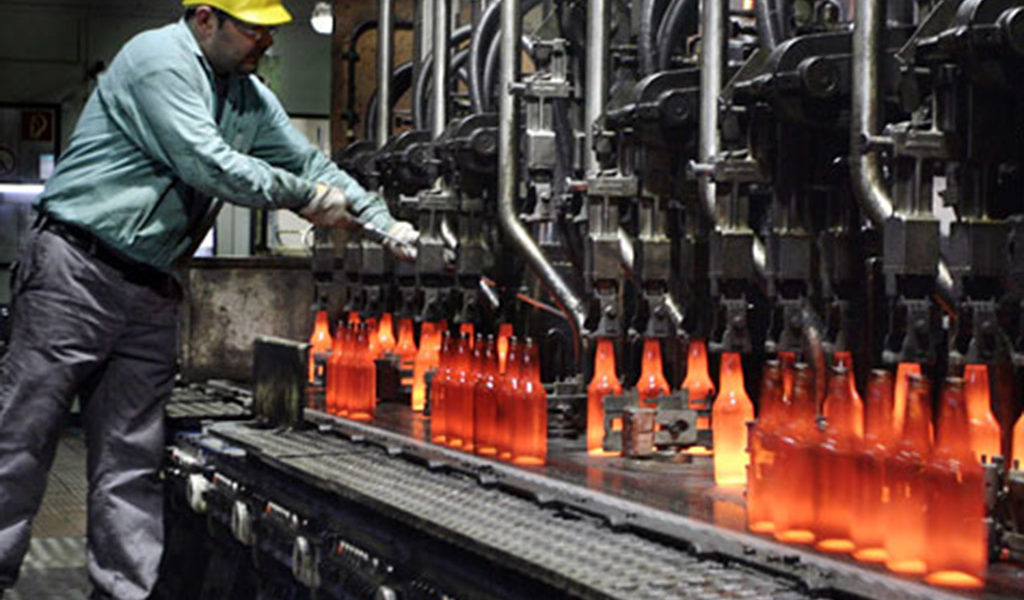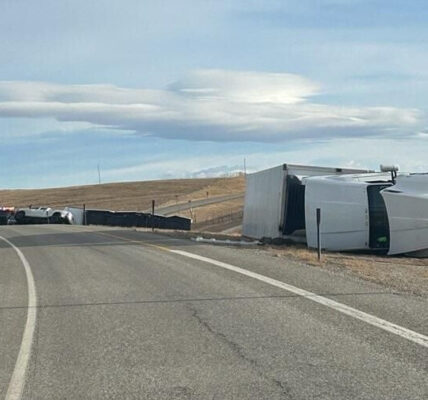
By Nicole Pollack
Casper Star-Tribune
Via- Wyoming News Exchange
CASPER —Wyoming leaders are effectively laying the groundwork for manufacturing sector growth, but the state’s new industries and shifting workforce will need continued support in the years ahead, panelists said at an economic development event Friday.
The panel — one of several convened in Jackson by the Wyoming Energy Authority, Wyoming Business Council, University of Wyoming School of Energy Resources and the Atlantic Council, an international affairs think tank — focused on the future of Wyoming’s efforts to diversify its economy.
Its speakers highlighted Wyoming’s strengths, including its skilled workforce, “business-friendly climate” and ability, as a small state, to act quickly on a governmental level to help projects move forward.
Wyoming has already positioned itself “to lead in the decarbonization sector and be an example to other states who are innovating in this space,” said Tara Righetti, a professor at the UW College of Law and School of Energy Resources.
And under Wyoming’s all-of-the-above energy policy, “we’ve got a team approach, which is critical for our success,” said Betsey Hale, CEO of Cheyenne LEADS, the city’s economic development organization.
Wyoming, Hale said, is “in it for the long game. It’s a marathon, not a sprint.” Righetti, Hale and three other panelists — moderated by Eric Protzer, a research fellow at Harvard University’s Growth Lab — also raised a range of complex challenges the state will have to address, from the structural barriers that have discouraged some companies from setting up shop in Wyoming to the more nebulous issue of retaining the young, skilled workers who tend to relocate for jobs elsewhere.
With the right educational opportunities, not only will more new graduates be able to stick around, but those already working in coal mines, for example, “can pivot” to other manufacturing jobs, said Mike Wandler, a panelist and president of Wyoming-based service company L&H Industrial.
“Those talents transition,” he said.
Even the abundance of federal funding made available by Congress is new territory for many in the state, said panelist Joshua Dorrell, CEO of the Wyoming Business Council.
“We don’t have the systems at a local level to handle that, because we’ve always paid our own way,” Dorrell said.
“That independence is a great thing,” he added, “except when billions and billions of dollars are being thrown at you, and you say, ‘Well, how do we write the grants? How do we execute grants? How do we comply with the grants? How do we do all of that, when we’ve never had to do it?’”
In Kemmerer, the southwestern Wyoming town of roughly 2,700 chosen to host a demonstration advanced nuclear reactor, aging water infrastructure has become a top worry, TerraPower CEO Chris Levesque said during the panel. TerraPower hopes to help the community overcome that and similar hurdles.
“People are super enthusiastic about this long-term investment,” Levesque said. “But they’re concerned about the short-term … and I think grants are part of the answer.”





